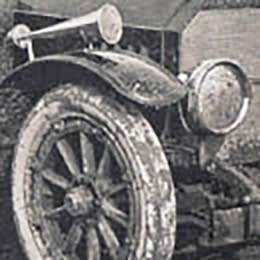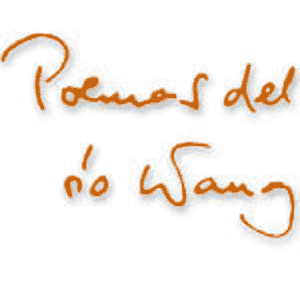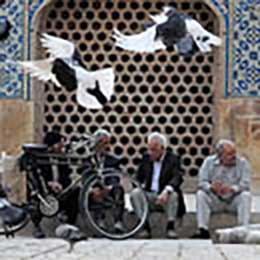 Henri Robin and a specter. Photo by Eugène Thièbault, 1863. Note the just expired hourglass on the table!
Henri Robin and a specter. Photo by Eugène Thièbault, 1863. Note the just expired hourglass on the table! Portrait of the wealthy magazine editor Moses Dow with the spirit of his deceased assistant Mabel Warren. Photo by William Mumler, ca. 1871
Portrait of the wealthy magazine editor Moses Dow with the spirit of his deceased assistant Mabel Warren. Photo by William Mumler, ca. 1871The creation of ghost photography was the merit of William Mumler from Boston, who in 1861 discovered on a photography taken by him the outlines of cousin who died not long before. From then on he made a series of portraits where spirits appeared next to the persons represented. His machinations were exposed when the viewers recognized in the spirits a number of still living Boston residents whose portrait was previously exposed by Mumler on the glass negative. The method, however, already went on its own career, and several photographers made success with it in the most promising market segment, the spiritualistic circles.
 Mary Todd Lincoln with the spirit of her deceased husband, President Abraham Lincoln. Photo by William Mumler, ca. 1870-75
Mary Todd Lincoln with the spirit of her deceased husband, President Abraham Lincoln. Photo by William Mumler, ca. 1870-75  The spirit of Lord Combermere, deceased five days earlier, in the library room of the Combermere Abbey in Cheshire, England. Photo by Sybell Corbett, 1891
The spirit of Lord Combermere, deceased five days earlier, in the library room of the Combermere Abbey in Cheshire, England. Photo by Sybell Corbett, 1891
 Group portrait of a WWI air squadron, with the spirit of Freddy Jackson, deceased two days earlier, behind the head of one of them, 1919
Group portrait of a WWI air squadron, with the spirit of Freddy Jackson, deceased two days earlier, behind the head of one of them, 1919The greatest fame was won by William Hope (1863-1933), who previously worked as a carpenter, but in 1905 he made his first photography on which a spirit appeared behind his friend. From then on he became an appreciated guest of spiritualistic circles, so much that he could not fulfill all their orders, and therefore founded, together with five other photographers trained by him, a ghost photographer’s company called Crewe Circle. The company flourished especially since the First World War, when everyone wanted to see, at least in the form of obscure spirits, their beloved ones fallen on the front. The work of Hope was supported by the greatest names, from the Anglican Archbishop Thomas Colley to Sir Conan Doyle. Although his tricks were unveiled in a book in 1922, his popularity did not diminish, and he remained a sought for photographer until his death in 1933. His photo album was found at a Lancashire antiquarian bookshop by a curator of the National Media Museum, and recently they were published on the Museum’s website.


























































































Add comment